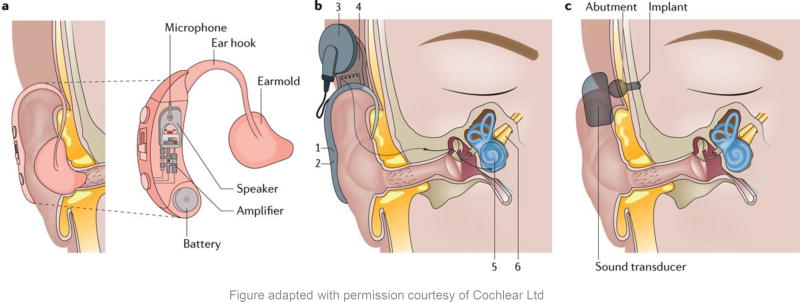Figure 5. Non-medical treatments for hearing loss.
A conventional hearing aid converts environmental sounds to amplified sounds. A hard case is worn behind the auricle and contains all the electronic parts (microphone, amplifier and battery). A sound is picked up by a microphone and converted to an electrical signal that corresponds to the pressure variation produced by the sound. This signal is then amplified and delivered to a speaker that converts the amplified electrical signal back to sound. The speaker sends the sound signal to the tympanic membrane by a slim tube connecting the hearing aid to an earmold that fits in the external auditory canal. B. A cochlear implant converts sounds to electrical signals and is composed of different parts. A microphone (1) picks up environmental sounds and transmits them to a speech processor. Through a magnetic coil (3), acoustic signals are transmitted from the speech processor to a subcutaneously implanted receiver/stimulator (4) that converts the acoustic signal into electric impulses. An electrode array (5) placed in the scala tympani of the cochlea directly stimulates electrically the auditory nerve (6). C. A bone-anchored hearing aid converts a sound signal to micro-vibrations: it uses the principle of bone conduction to directly stimulate the cochlear fluids by vibrating the skull behind the ear at auditory frequencies. A titanium screw (the implant) is surgically anchored in the bone and becomes fixed through a process called osseo-integration. The implant is connected to a sound transducer by means of an abutment (connector). The sound transducer captures the sound, converts it to vibrations and sends them to the implant. The implant then transmits the vibrations through the bone directly to the inner ear. In the most recent bone-anchored hearing aid systems, the abutment is replaced by a magnetic connection. Copyright permission obtained from Cochlear Limited ©

